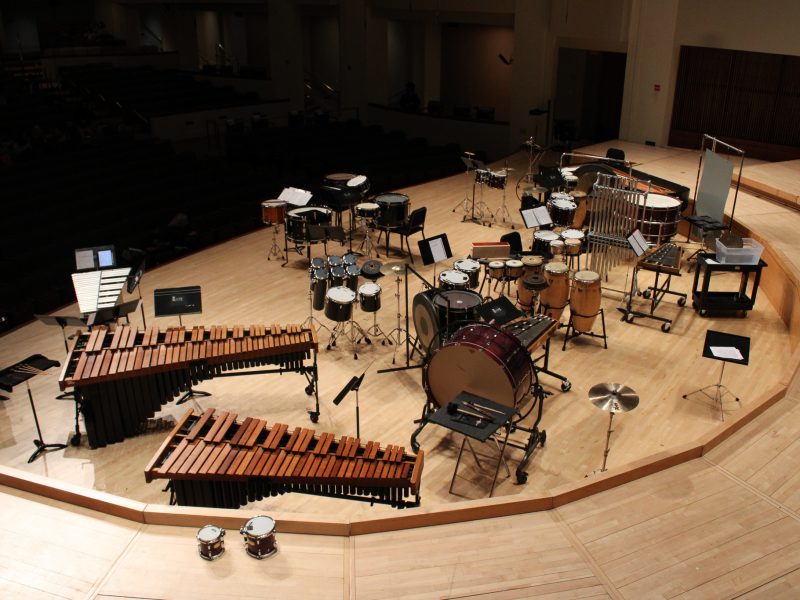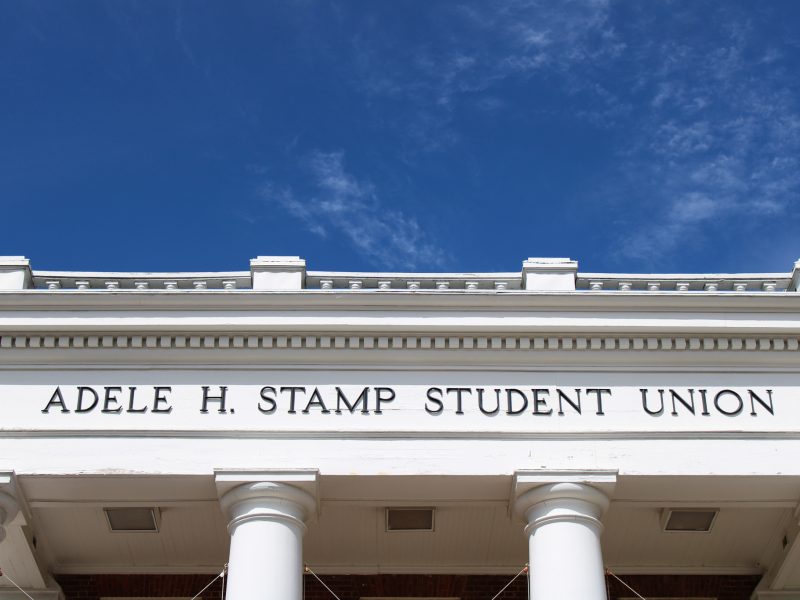In 2005, a skeptical Jay Z, then-CEO of Def Jam Recordings, sat in his office awaiting the arrival of Robyn Fenty, a 16-year-old from Barbados.
A demo of the Bajan’s music produced by American musician Evan Rogers, who discovered Fenty while vacationing in her home country, intrigued the rapper enough to invite her in for an audition. Her vocals — forceful yet expressive, raw yet controlled — were like candy, but one song, “Pon de Replay,” seemed so utterly massive that Jay Z worried whether she could be more than a one-track artist.
Still, on that fateful February day, Fenty strutted into the audition room and immediately caught Jay Z’s eye with her commanding presence. All it took was one Whitney Houston cover and two of Rogers’ original pieces, and Jay Z saw a mountain of potential. He immediately signed Fenty to a six-album record deal with Def Jam, and she began her evolution into arguably the most commercially viable pop star of our time: Rihanna.
The Anti-Rihanna
In 2016, Rihanna, who turned 28 on Saturday, is markedly different than her budding 16-year-old self. She’s shed the carefully crafted dance-pop of “Pon de Replay” for the darker, trap-influenced “Bitch Better Have My Money.” Once critiqued for sounding and looking too much like Beyoncé during the formative years of her career, Rihanna has since paved her own way, developing a shadowy, abrasive aesthetic and, on her latest album, Anti, sonics that range from reggae to progressive rock to hip-hop.
In many ways, Rihanna’s latest release could be viewed as a turning point. Not that she needs to revitalize her career — she’s already sold the second-most singles of any female artist behind Madonna and boasts 13 No. 1 singles on the Billboard Hot 100 — but rather that, at this point, she is developing a style that is both unique and alluring.
After years of largely finely produced dance-pop and R&B, Anti flips the script. No longer are Rihanna’s vocals impeccably in tune and aligned with pounding electronic beats. Instead, she scales to the ceiling of her vocal register in “Higher,” as her gravelly voice cracks and strains over refined string instruments. The album’s cover artwork features a distorted image of Rihanna as a child with a crown covering her eyes. Along with being a stark departure from prior records, which noticeably had her face emblazoned on them, it strives for artistic depth. She’s willing to try out new styles, too, as evidenced by “Same Ol’ Mistakes,” a cover of a song by Tame Impala, a psychedelic indie rock group from Australia, and the lo-fi “Consideration,” on which she pairs up with neo-soul singer SZA.
Some things, of course, remain constant. Just as she was in her provocative 2011 single “Cockiness (Love It)” (“Suck my cockiness/ lick my persuasion”), she still clings to her proclivity for the perverse and the debaucherous in “Sex With Me” (“I’ma need you deeper than six, it’s not a coffin”). She’s still just as carnal as ever, and she’s pretty damn proud of it. But on the whole, Anti has given birth to the “Anti-Rihanna,” who, after more than 10 years in the business, is starting to recognize her staying power and opportunity to take musical risks.
But rarely has Rihanna focused solely on her music.
The CEO Rihanna
Over the past 11 years, Rihanna has developed business credentials that rival her musical ones. She starred in the 2012 feature film Battleship, signed on as a co-owner of the streaming service Tidal, agreed to endorsement deals with multiple companies such as Nivea and Budweiser and has produced six fragrances, including one for men.
You can argue about what level of control Rihanna has over her music, which is mostly written and produced by other artists, but it seems she is in full, steely control of her business ventures. In that sense, she provides an important example of an independent woman for millions of young girls across the world to look up to. But it also reveals the trajectory of the music industry, which often prioritizes the profitability of artists over their creative freedom.
Rihanna is a symptom of this. She often comes across as a CEO of herself. She’s determined to forge a brand, forever seeking out opportunities for public exposure and, in the name of profit, adhering to what she knows her customers will purchase. She’s also an adept networker, collaborating with big shots like Kanye West, Jay Z, Eminem, Nicki Minaj, Calvin Harris and Paul McCartney. Sure, she might be scantily clad and lusted-after, but in her profession that’s just business attire. The revenues speak for themselves.
The Influential Rihanna
Once finding inspiration in artists like Madonna, Rihanna has now sown seeds of influence among many contemporary artists. Canadian pop-duo Tegan and Sara revealed that their 2013 single “I Was A Fool” was largely inspired by Rihanna’s massive hit “Umbrella.” In 2010, Demi Lovato said that while recording Unbroken, her third studio album, she drew inspiration from Rihanna’s R&B sound. And while she can’t take all the credit, Rihanna’s often profane discography has nudged R&B toward an edgier, less mild-mannered style.
Yet, her largest impact is yet to come. Most teenagers and young twentysomethings probably feel like Rihanna has been around forever, accompanying us as we awkwardly danced at our middle school homecomings, a little less awkwardly celebrated at our high school proms and partied into the wee hours of the night our freshman years of college.
But for those aged 10 today, she has literally always been a fixture in the music scene. There is no pre-Rihanna and post-Rihanna for these kids; there is only one, never-ending stream of her hit songs. Music listeners across the world have either grown a fondness for Rihanna, learned to ignore her or, as a result of being exposed to her music since birth, just can’t imagine modern music without her. Either way, she has the skills, the smarts, the spotlight and, as suggested by Anti, a real shot to put out something new, something daring and something that could shape artists for generations to come.



